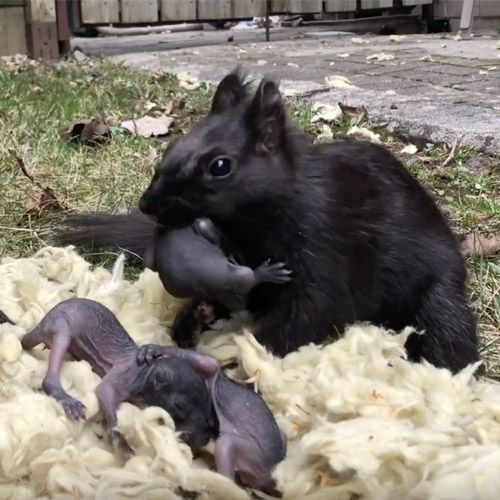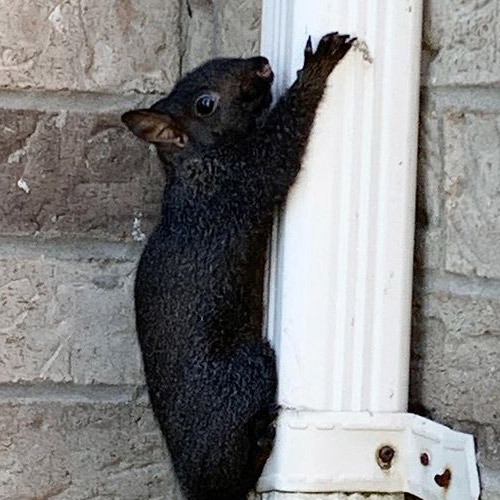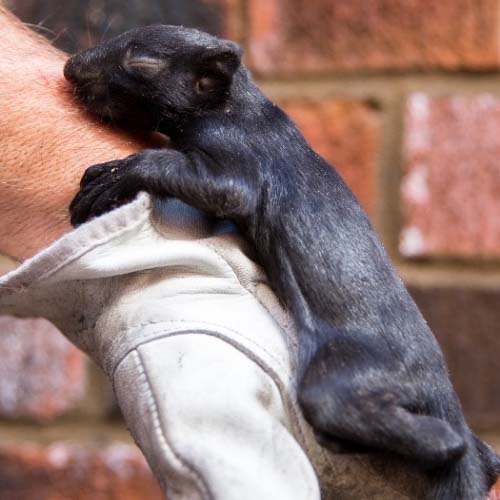Everything You Wanted To Know About Squirrel
Two species of squirrel found in Ontario are the Red Squirrel and the Eastern Gray Squirrel. The grey squirrel is the most common of the two species found locally in the GTA. Eastern grey squirrels commonly occur in two colour phases, grey and black, which leads people to think(mistakenly) that there are two different species. The most notable physical feature of the eastern grey squirrel is its large bushy tail. The tail has many important functions. It acts as a rudder when the animal jumps from high places, as a warm covering during the winter, as a signal to other eastern grey squirrels indicating an individual’s mood. The following are some more squirrel facts for Toronto homeowners:
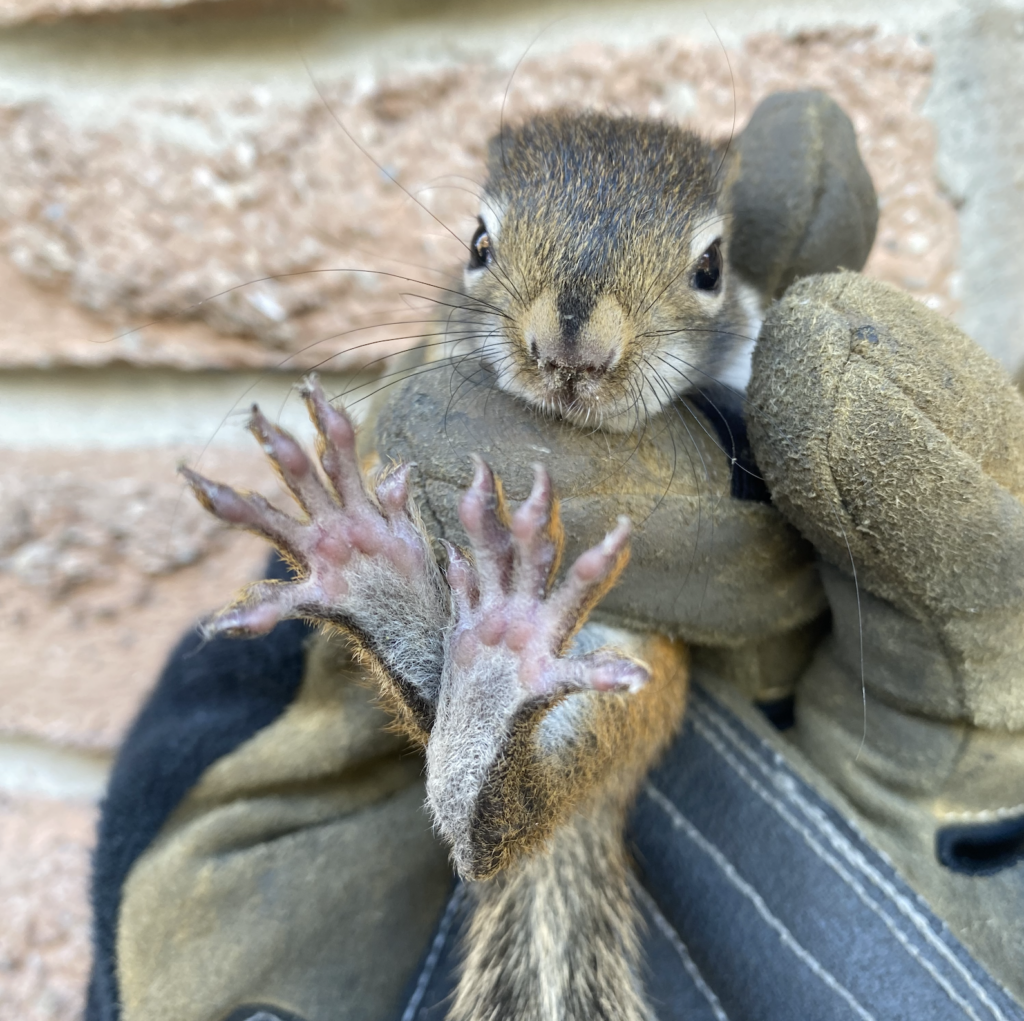

Habitat
Urban: Although the grey squirrel is found in parks and woodland areas, they adapt quite easily to urban environments, taking up residence in and around buildings. They become very accustomed to utilizing attics and chimneys for nesting sites.
Breeding
When Do Squirrels Mate?
Twice per year: Female squirrels can mate only twice a year, but males can mate at any time. Often, several males will attempt to mate with the same female. They try to attract her attention by slapping the bark of trees with their paws and chattering loudly. After the mating the males play no part in the rearing of the young. Birth occurs six weeks after mating.
When Do Squirrels Have Babies?
Squirrels have two breeding periods per year, one in mid-summer and another in early spring. In the Toronto and GTA, young are usually born between March and April, with a second litter arriving around July or August.
Litter size: Female squirrels produce litters between 1 and 7 offspring (typically 5 or 6).
Rearing: The naked, blind and deaf young are fed every two to four hours for several weeks. At seven – eight weeks, they start to follow their mother around within the den site. The young squirrels gradually begin to eat solid food and are weaned at ten – eleven weeks of age. A month later, they start to leave the den. If there are not too many squirrels in the area, the young will build nests nearby. Otherwise, they will be chased away to less crowded feeding areas. Typically some of the squirrels will remain actively using the birthing den.
Sexual maturity: Squirrels are sexually mature and able to reproduce at 11 months.
Food and Feeding
Frequency: The Grey Squirrel feeds every day, even in the winter. It does not hibernate and is unable to conserve enough energy to survive for long periods without food.
Time of day: It is most active at dawn and dusk, when it searches for whatever fruits, shoots, and seeds that are in season. Small thumbs on it’s front paws allow it to hold food securely as it feeds.
Diet: The squirrel’s diet varies according to season. It eats mainly tree bark and fungi in the winter and buds in the summer. In September it eats nuts and acorns. A hungry grey squirrel will also raid a bird’s nest for eggs, steal food from bird feeders and dig up plants. In urban environments the grey squirrels also come across free handouts from people (namely peanuts in the shell). The squirrel buries extra food just below the soils surface, which it later locates by smell.
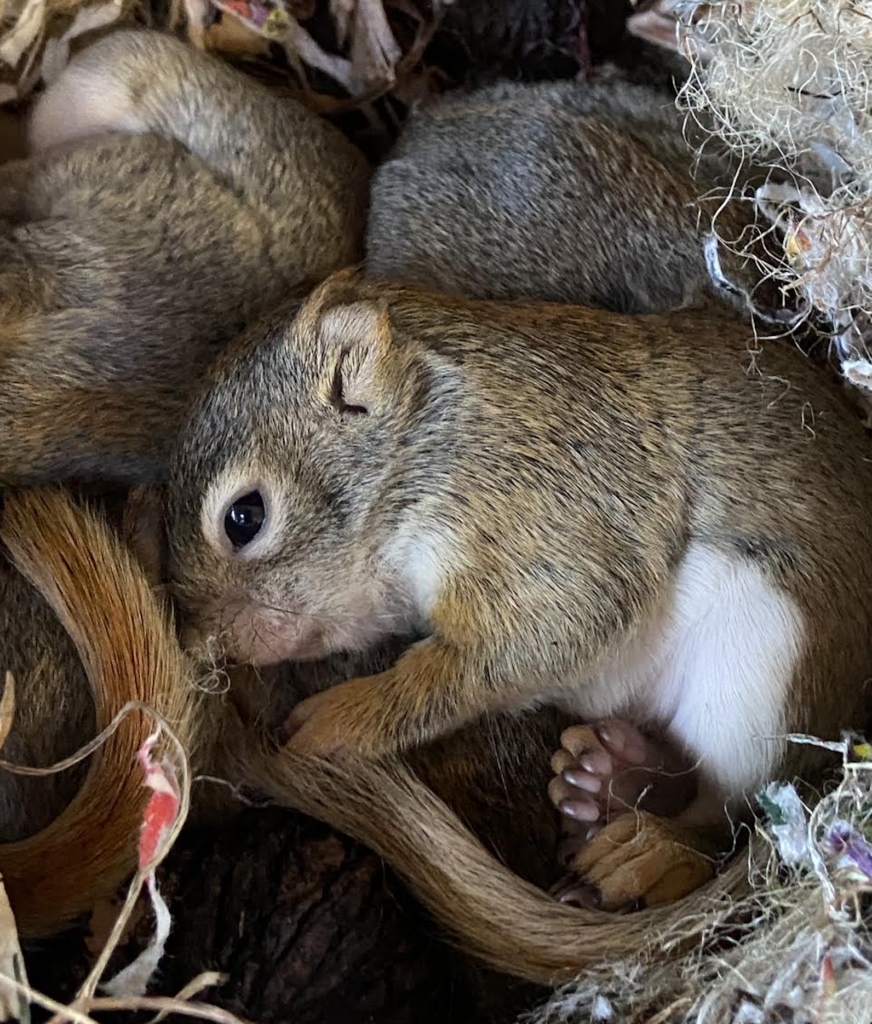
Morphology and Lifestyle
- Body length: 9-12 in
- Tail length: 7-10 in
- Weight: 12-28 oz
- Habitat: Above ground (attics and chimneys), but spends much of it’s time on the ground
- Call: Chattering and piercing scream
- Lifespan: 3-4 years
Did You Know?
- Squirrel fact: The squirrel’s front teeth continue to grow throughout it’s life, so they must continue to gnaw to wear them down.
- Squirrel fact: A male squirrel can smell a female that is ready to mate.
- Squirrel fact: The grey squirrel can leap more than 20 feet.
- Squirrel fact: Although usually frightened of people, a mother squirrel can be quite aggressive if she perceives danger or is separated from her babies. Squirrels are very swift and can move or attack quickly if threatened.
- Squirrel fact: There can be 25 or more squirrels per square kilometre in urban areas with mature trees.
- Squirrel fact: Squirrels are more adaptable than you might think. They can fit through a hole the size of a baseball (black/grey squirrels) or a golf ball (red squirrels). And smaller holes can easily be chewed open.
39 Years Of Wildlife Removal Experience
At Gates Wildlife Control, we offer professional and effective animal removal and prevention solutions to keep raccoons, squirrels, and skunks from entering your home. We also provide effective rodent control services for mice and rat infestations. Our team is trained and experienced in the installation of one-way doors, which allow the animals to exit your attic or walls, but prevent them from returning. Contact us today for a free consultation and quote,to keep these animals out of your home for good.
Raccoons, squirrels, and skunks are common animals that can cause damage and create nuisances when they move into your attic or walls. They can chew on wires, damage insulation, leave droppings and debris, and even carry diseases and parasites.
One-way doors are a humane and effective way to remove these animals from your home and prevent them from returning. The doors are installed over the entry points the animals are using to access your attic or walls. Once the animals leave to forage for food, they are unable to re-enter the space through the one-way door.
At Gates Wildlife Control, we have the knowledge and equipment to effectively install one-way doors for raccoons, squirrels, and skunks. Our team will also assess your home and identify any potential entry points that need to be sealed off to prevent future intrusions.
In addition to installing one-way doors, we also offer repair services for damage caused by the animals and provide screening of potential entry points. This includes fixing holes in the roof or walls to prevent water from coming into the roof and walls and installing screens over roof vents, soffits and chimneys.
Don’t let raccoons, squirrels, or skunks take over your attic or walls. Contact Gates Wildlife Control today for a free consultation and quote, and keep these pests out of your home for good with our one-way door installation services.
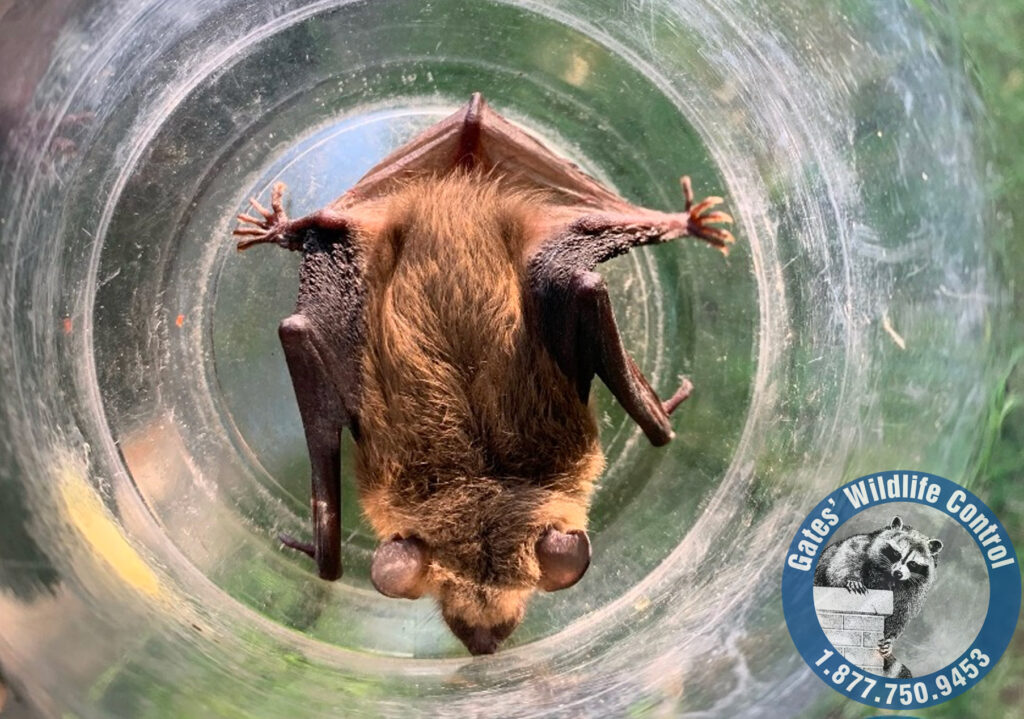
Morphology and Lifestyle
- Wing span: Big Brown Bats – 32 to 39cm; Little Brown Bats – 22 to 27cm.
- Weight: Big Brown Bats – 11 to 25g; Little Brown Bats – 5 to 11g.
- Vocalization: Bats use high frequency echo-location that is hard to hear with the exception of some clicking sounds.
- Lifespan: Between 10 and 20 years with the rare bat living as long as 30 years.
Did You Know?
- Bat fact: Bats play an important role in our environment as they can consume up to 3,000 insects in one night.
- Bat fact: Bats in Canada will not fly in your hair and suck your blood.
- Bat fact: Bats can spread the rabies virus when infected with very little to no evidence of contact.
- Bat fact: Bats can squeeze through a hole the size of a dime.
- Bat fact: A bat can produce several times its own weight in waste each month.
- Bat fact: Bat colonies can range in size from one to several hundred and can double in size every year.
- Bat fact: Bats hibernate when the temperature drops below 10 degrees C.
Backed by our sponsor’s assistance, we are thrilled to distribute essential information in this post. Slotogate, a platform that played a great role in our website’s expansion, empowers us to supply articles. Slotogate ensures top-tier gaming experiences and grants effortless access to game rules and pointers as well as to casino revies like prism casino. Serving a diverse player base, they offer an extensive array of slot machines from esteemed providers and a vast selection of table games.
More About Squirrels

Humane Raccoon Removal

Humane Skunk Removal

Humane Squirrel Removal
Do It Yourself Dangers
For those who may be tempted to take on the task of removing animals and animal proofing themselves, it is important to remember that it can be a dangerous undertaking. Falling off ladders and roofs while attempting to remove animals or seal entry points can result in serious bodily harm. In some cases, even aggressive animals can pose a danger to those trying to remove them. It is best to leave these tasks to experienced professionals who have the knowledge and equipment to safely and effectively handle wildlife removal and animal proofing. Attempting to do it yourself can put you at risk of injury and potentially even more damage to your home.










